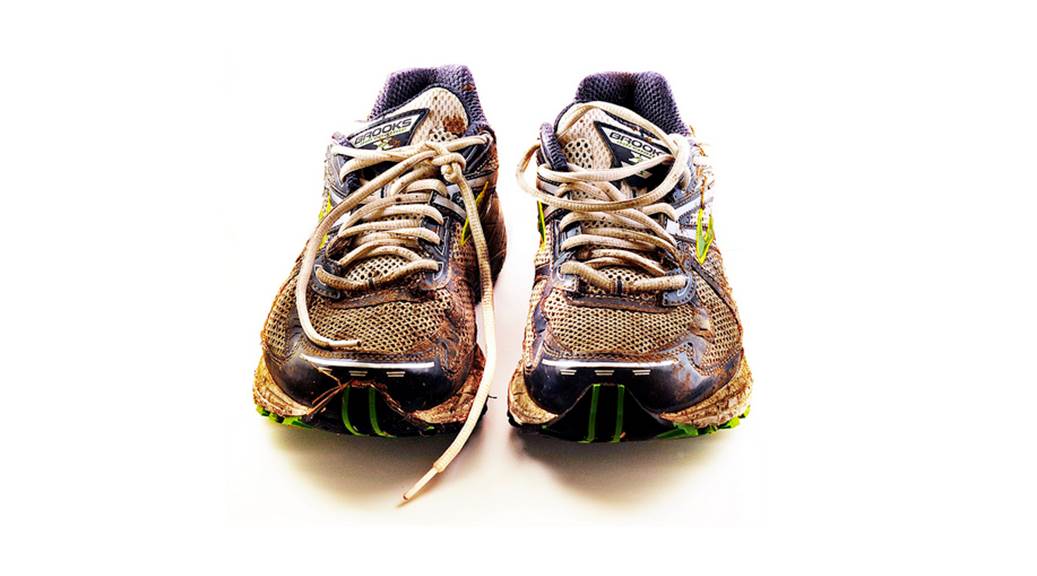One of my friends recently completed running all of the streets of West Hartford - took her from Jan-Nov last year. She used a map+spreadsheet to track her work and plotted it out on a map of the city. Cool project.
Yesterday, during my run, I decided to run all of the streets of H’istan. So I found a good street map of the city, went to FedEx, and had them print it out poster size: https://themdc.org/app/uploads/2022/09/HartfordStreetMap2022.pdf
This morning, I began my challenge in SoWendHa (South West-End Hartford), and did 3.2 miles covering 5 complete streets and parts of 8 others. This neighborhood is predominantly Puerto Rican, Portuguese, and Brazilian. My finds included some historical curiosities, awesome road bling, and a Portuguese bakery with almond-crusted croissants.
In thinking about the overall task, I’m looking for completeness (every street, entire street) as well as efficiency (not covering the same stretch more than necessary), but I need to take into account that I can only do 3-5 miles each time out.
If the city streets were perfect squares, and tiled the plane perfectly, I could take inspiration from something like the Dragon Curve (which doesn’t cross it’s own path). Four of these, each rotated 90 degrees, completely tiles the plane. https://en.wikipedia.org/wiki/Dragon_curve
But a city is not a perfect plane - has dead ends, boulevards, greens, cul-de-sacs, islands, curves, roundabouts, etc. And I need to return to my car after each segment.
When I go to a museum, in order to see each piece of art, I follow a simple pattern of go to the left, until a room is completed, then take the next left turn, etc. This gives me completeness, but would not take into account segment lengths.
Any thot’s on how to approach this?









